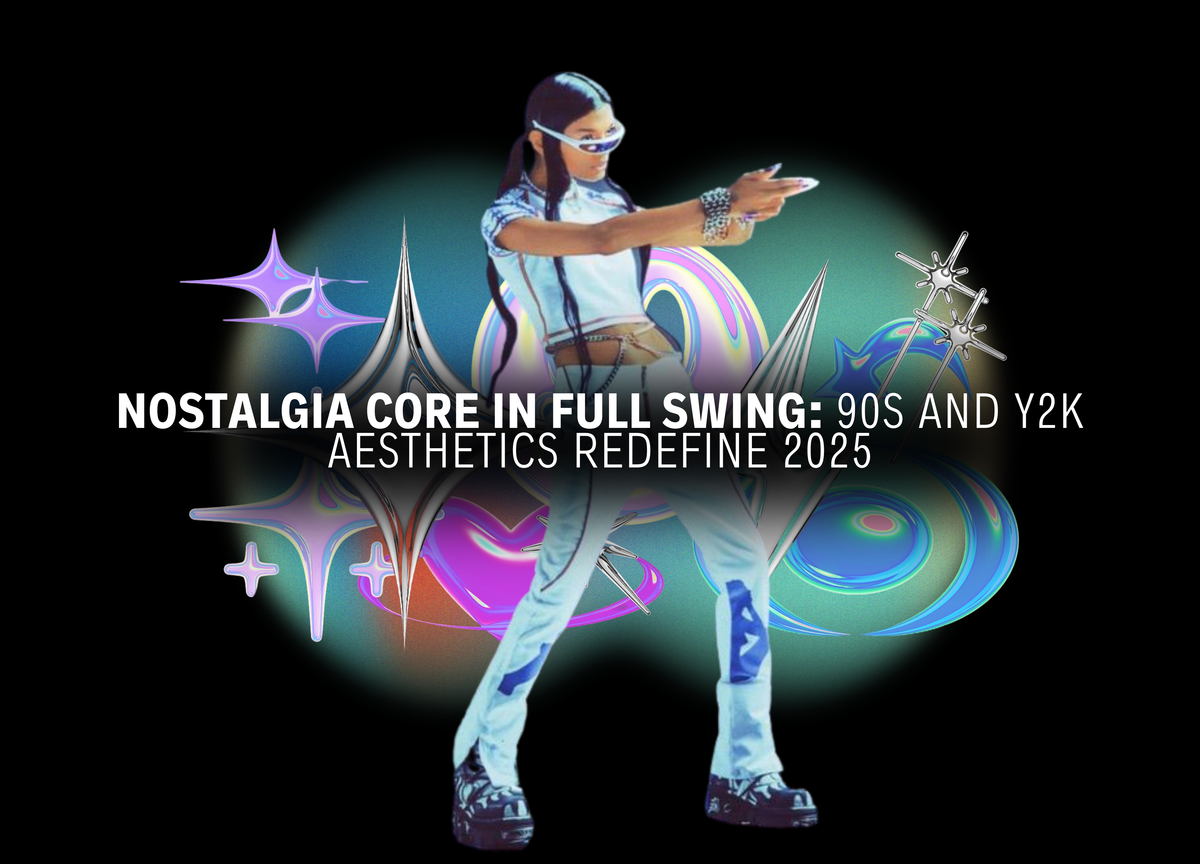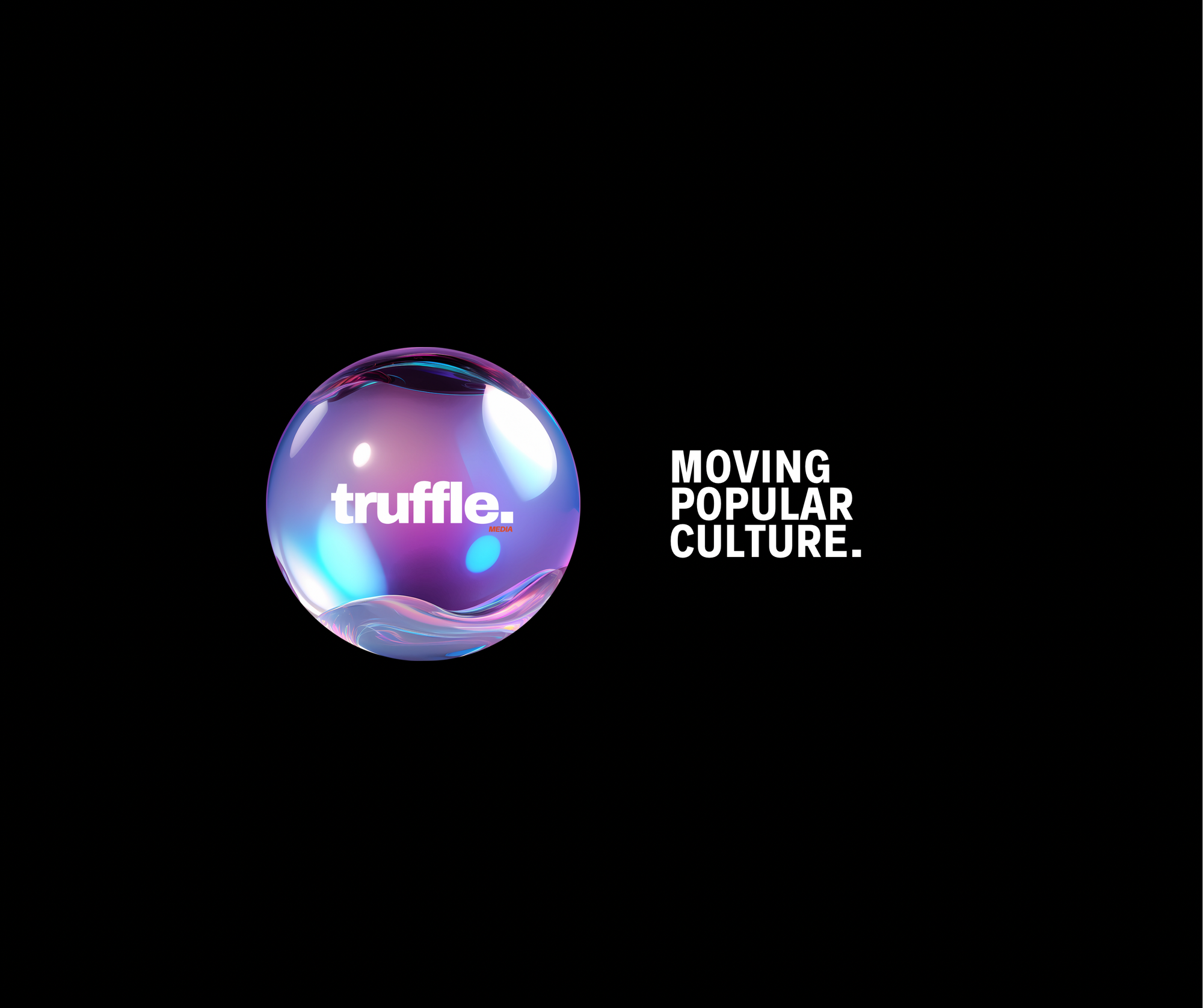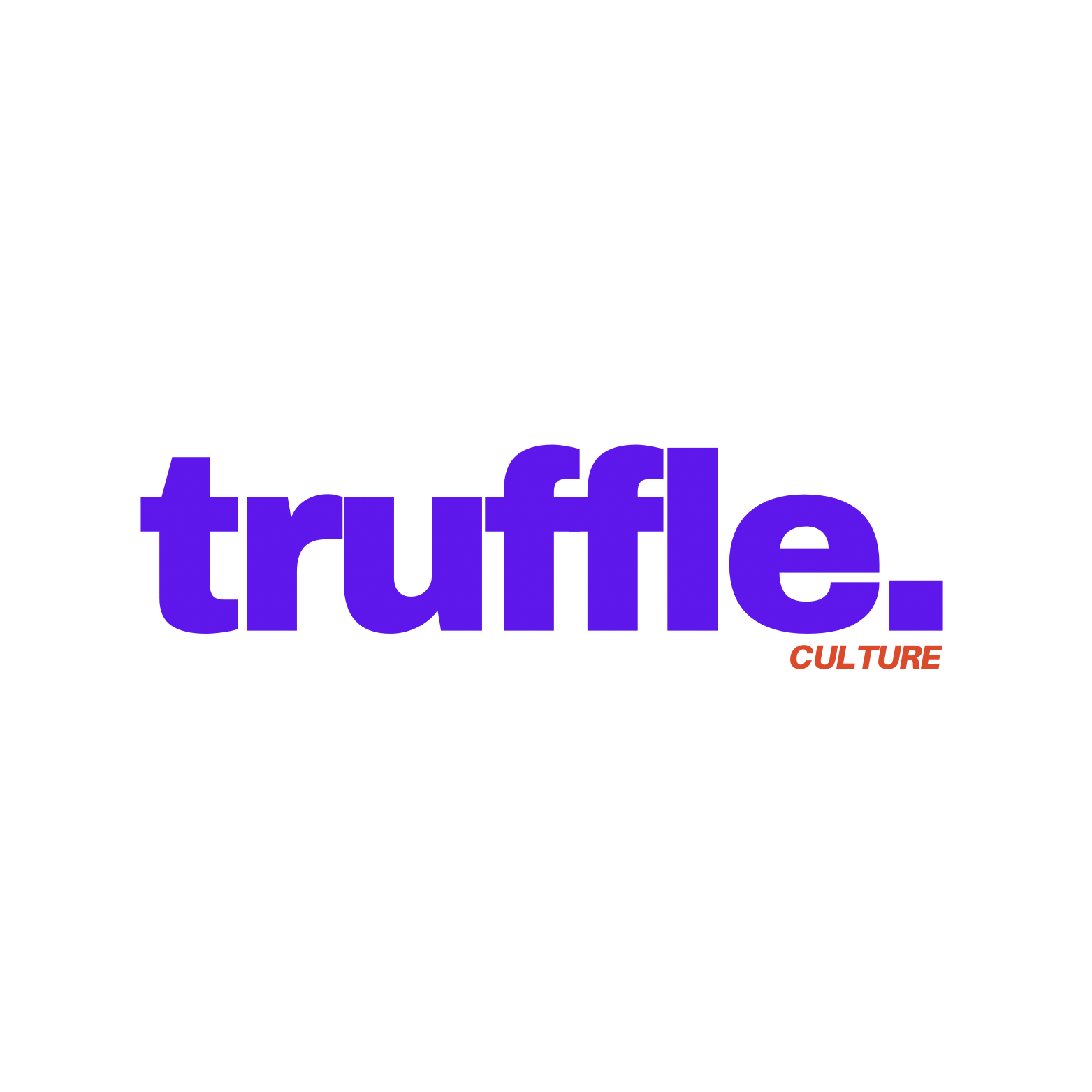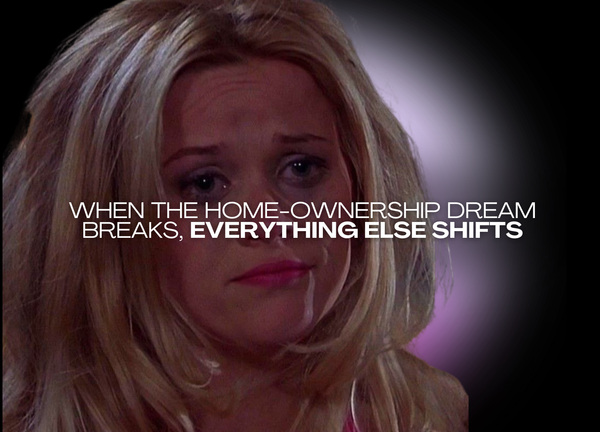Nostalgia Core in Full Swing: 90s and Y2K Aesthetics Redefine 2025
Nostalgia Core 2025: How 90s & Y2K Aesthetics Are Shaping Gen Z Culture

The Scene
Picture this: you’re scrolling TikTok, and a Gen Z influencer struts by in low-rise jeans, a glittery crop top, and a smart flip phone dangling like a Y2K charm. The background blares Britney Spears’ Toxic, while a caption reads, “2015 vs. 2025: Which era slays harder?” This post, part of a viral challenge racking up 480 million engagements, isn’t just a flex—it’s a cultural time machine. At Truffle Culture, we’re witnessing a seismic revival of 90s and Y2K aesthetics, where nostalgia core isn’t just a trend; it’s a movement. Fashion brands like Levi’s report an 89% sales spike from nostalgia-driven campaigns, reboots of classic TV shows flood streaming platforms, and retro-inspired tech—like smart flip phones—has become 2025’s must-have accessory.
This fusion of retro vibes and modern tech begs a deeper look. Why are we so obsessed with the past, and what does this revival say about our present? Let’s dive into the data, the culture, and the contradictions driving this nostalgia wave—and ask: is this a creative renaissance or a sign we’re stuck in a loop?

The Roots of Retro Fever
The 90s and Y2K aesthetics are back with a vengeance, fueled by a longing for perceived simpler times. The 90s brought grunge and minimalism—think flannel shirts, baggy jeans, and Friends marathons—while the early 2000s dazzled with maximalist Y2K flair: low-rise jeans, glittery tops, and futuristic metallics, as seen in Destiny’s Child music videos. Vogue notes that designers like Nicola Brognano at Blumarine are doubling down on this vibe, blending Y2K’s “happiness, sexiness, freedom” with modern sensibility (Vogue, 2025). Fashion’s 20-year cycle theory holds true here: what was kitsch in 2005 feels fresh in 2025, especially for Gen Z, who never lived through dial-up modems but crave their retro charm, per a 2024 LDNFASHION report.
The numbers back this up. Levi’s, a 90s staple, saw an 89% sales spike in 2024 from nostalgia-driven campaigns, leaning into vintage-inspired collections like high-waisted jeans and graphic tees. Luxury brands aren’t far behind—Balenciaga’s Le City Bag campaign reimagined Y2K paparazzi shots with Paris Hilton, tapping into Gen Z’s archival obsession (ContentGrip, 2025). On the tech front, smart flip phones—a nod to the Motorola Razr of 2004—have surged as a trendy accessory, merging Y2K aesthetics with 2025 functionality, as noted by Woke Waves Magazine. Streaming platforms fuel the fire with reboots of classics like Zoey 101 and That ‘90s Show, while Netflix’s Stranger Things continues to spark 80s nostalgia, influencing 90s and Y2K revivals by proxy (ContentGrip, 2025).
Social media is the jet fuel. Challenges comparing 2015 and 2025 lifestyles—think skinny jeans versus low-rise, or Instagram filters versus Y2K glitter makeup—have amassed 480 million engagements, particularly in fashion and beauty. TikTok creators remix retro looks, pairing butterfly clips with oversized blazers, while influencers like Bella Hadid make platform UGGs sell out overnight (Medium, 2024). A 2024 Pew Research study shows 70% of Gen Z engage with nostalgia-driven content daily, craving escapism amid global uncertainty—pandemics, climate crises, and digital overload. This isn’t just fashion; it’s a cultural coping mechanism.
The Critique: Revival or Regression?
At Truffle Culture, we see this nostalgia core wave as a double-edged sword. On one hand, it’s a creative explosion. Gen Z isn’t just mimicking the past—they’re remixing it. Low-rise jeans now come with body-positive fits, per Woke Waves, while smart flip phones blend Y2K aesthetics with modern utility. Thrifting, a cornerstone of this revival, aligns with sustainability—Gen Z’s secondhand shopping on Depop and Poshmark reduces fast fashion’s footprint, with vintage pieces like Levi’s 501s becoming one-of-a-kind treasures (C2 Fashion Studio, 2025). Brands like Patagonia and Levi’s amplify this by offering repair programs, proving nostalgia can be eco-conscious.
But there’s a catch. Are we innovating, or are we stuck? The 480 million engagements on 2015 vs. 2025 challenges signal a cultural obsession with looking backward, potentially at the expense of forward-thinking creativity. Fashion theorist Agus Panzoni argues that social media “commoditizes culture for views,” stripping subcultures to mere aesthetics (The Face, 2022). Y2K’s maximalism—once a bold rebellion—now risks becoming a hollow trend, with brands like Juicy Couture rehashing velour tracksuits for quick profit rather than cultural depth. Streaming reboots, while popular, often lack the original’s spark, as X users lament watered-down remakes. And smart flip phones, while chic, can feel like a gimmick—do we really need a $500 accessory to feel nostalgic?
The economic lens adds nuance. Nostalgia sells because it’s safe—consumers, facing inflation and uncertainty, prefer familiar styles over risky innovation, per a 2024 Medium article. But this safety comes at a cost. Gen Z’s love for vintage risks over-plundering the past, as The Face warns, with trends cycling so fast that even 2014 feels “retro.” Are we creating a cultural loop where originality gets lost in the algorithm? At Truffle Culture, we see this tension as a challenge: nostalgia can inspire, but only if it pushes boundaries rather than recycles them.
The Conversation: What’s Next for Nostalgia Core?
The resurgence of 90s and Y2K aesthetics in 2025 is a cultural juggernaut, blending retro vibes with modern tech in a way that’s both thrilling and troubling. Fashion’s low-rise jeans and glittery tops, tech’s smart flip phones, and streaming’s endless reboots show a world craving the past’s comfort—yet Gen Z’s remixing suggests a hunger for reinvention. Like hyperpop’s chaotic beats or Karol G’s nostalgic anthems, this revival taps into a desire for joy amid chaos. But it forces us to ask: Are we using nostalgia to create, or to escape?
The future lies in balance. Brands can lean into sustainability, using nostalgia to champion upcycled fashion—think Levi’s turning old denim into new designs. Streaming platforms might innovate by blending retro aesthetics with original storytelling, rather than endless reboots. And social media? It could amplify individuality over conformity, letting Gen Z’s 480 million engagements spark micro-trends that look forward, not just back. At Truffle Culture, we’re captivated by this dance between past and present—and curious about its next steps.
Join the Dialogue
Nostalgia core is everywhere in 2025, from Levi’s 89% sales spike to 480 million social media engagements. Is this retro revival a creative spark or a cultural crutch? We’re diving deep at Truffle Culture. What’s your take—low-rise jeans or smart flip phones, love them or leave them? Share in the comments, and let’s unpack what nostalgia means for our future.

References
• Vogue, “Y2K Fashion 101: How the Millennium Started Trending Again,” 2025.
• LDNFASHION, “Rediscovering Y2K Fashion: A Journey Through the Millennium’s Retro Revival,” 2024.
• ContentGrip, “Why Gen Z Loves Nostalgia Marketing,” 2025.
• Woke Waves Magazine, “Why the 2000s Aesthetic Is Back,” 2025.
• Medium, “Y2K Nostalgia: Why 2000s Trends Are Making a Comeback,” 2024.
• Pew Research Center, “Gen Z Media Consumption Habits,” 2024.
• The Face, “Our Obsession With Nostalgia Is Driving a Trend Revival,” 2022.
• C2 Fashion Studio, “The Power of Nostalgia: How Gen Z’s Love for Vintage Fashion Reflects a Cultural Shift,” 2025.




